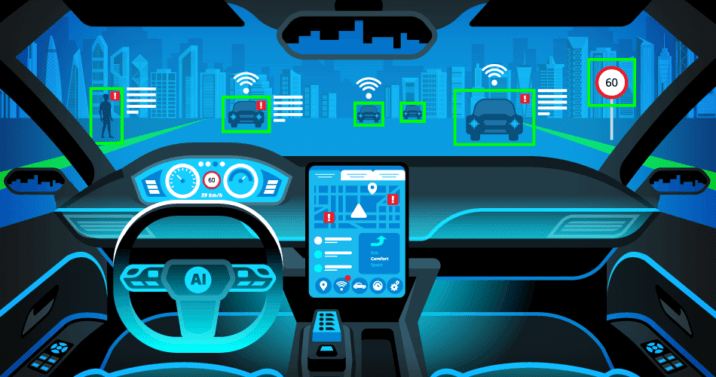
Self-driving cars often appear in sci-fi movies or TV series. They are the type of car of the future. The machine conducts the driving and keeps an eye on the traffic. It offers an alternative path to the destination based on the prediction of the road rage. A driver’s license may not be required in the future. Driving anxiety and fatigue no longer exist. Individuals with disabilities or those who do not want to drive can take advantage of autonomous automobiles. They just have to sit tight and look forward to reaching their destination safely and in a timely manner. However, this is not the case as incidents occur.
There have been cases where self-driving cars have been a concern when driving on the city’s roads. They cause traffic jams and delay other public transit drivers and passengers from getting to their destinations. In one incident, similar to other incidents, five self-driving cars blocked the traffic. These automobiles stopped in the middle of the road when they noticed fog, which indicates that the driving is unsafe. Safety is a concern when driving in this condition, but do these cars need to stop? Do they recognize tips on how to drive in this condition and avoid traffic congestion?
A city official was concerned about the self-driving capability out in the public. It created a hassle for the public transit system. Not only that, but there is more: trust. Is a driverless vehicle reliable? Is it safer than a manually driven automobile? A survey reported that the percentage of respondents who are afraid of self-driving cars has increased tremendously. Even though they like the features that these cars provide, there is still a trust issue. The number of driverless vehicle crashes should not be a surprise. On the other hand, depending on the demographic, certain groups trust these cars.
Under the circumstances, a non-robotic car seems safer. Individuals have control of the wheel and the pedal. They can stop or go and switch lanes or not. They would not be locked inside the car if the sensor did not respond. With self-driving cars, there is less control since they use a variety of sensors to control vehicles. There are concerns about cybersecurity and accidents. Hackers can utilize this to gain access to the system for their purposes. In return, they could disrupt the system and cause a life-and-death situation. Traffic inconvenience or disaster may result from sensor failure. Who is liable for the accident? What are the insurance changes for these vehicles?
The promises of self-driving automobiles are in doubt. These vehicles still have issues that have not been solved. Nevertheless, they are here to stay. Technology advancement will reduce the problems in these vehicles while improving them to suit customers’ needs. Hackers will test new ways to break into the new system, similar to how criminals find ways to commandeer a car. New laws and safety issues will change over time. This goes the same as the price and the repair of fully autonomous vehicles, depending on supply and demand.
Sources:
San Francisco Traffic Snarled by Self-Driving Car Disruptions
Nearly 70% of Americans are now ‘afraid’ of self-driving cars, survey says
Too Much Tech: Crooks Are Taking Control of Cars by Hacking Their Headlights